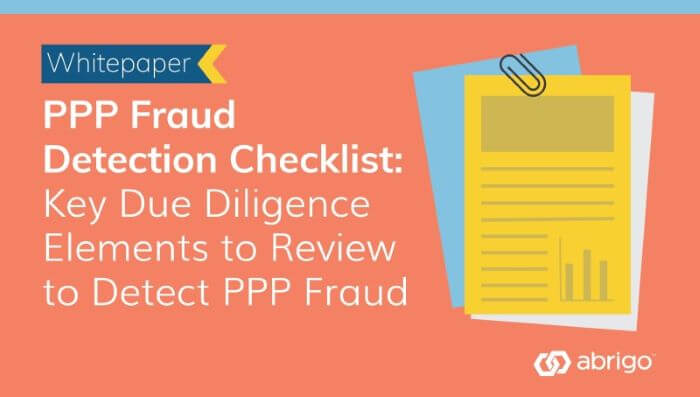To receive updated information on any new round of PPP funding, how lenders can participate, and PPP-related fraud news, subscribe to our newsletter.
Economic relief payments are often subject to fraud, and the Paycheck Protection Program (PPP) is no exception. Of the $525 billion lent in the PPP, more than $4 billion of loans have already been flagged for fraud, and that number is likely to increase. From the application phase to forgiveness, there are many potential risks associated with PPP loans that BSA Officers should be aware of. To alert authorities regarding PPP-related fraud, BSA Officers should be familiar with the red flags.
The immediate financial impacts small businesses endured, as well as the finite nature of the program, created a frenzy as borrowers rushed to obtain a PPP loan, and lenders worked around the clock to issue loans. The Interim Final Rule from the Small Business Administration (SBA) encouraged lenders to process and disburse funds “expeditiously,” which limited due diligence requirements. The SBA’s Lender Application Form requires lenders to certify that they have “complied with the applicable lender obligations,” including confirming receipt of the borrower’s certifications, receipt of information regarding employee pay and taxes, and the average monthly payroll costs. The Interim Final Rule states that lenders may rely on the certifications of the borrower to determine eligibility of the borrower. However, if a financial institution does not conduct sufficient due diligence on a PPP borrower and a fraudulent loan is funded, the bank may have risk exposure and possible financial loss. Consider these PPP red flags:







